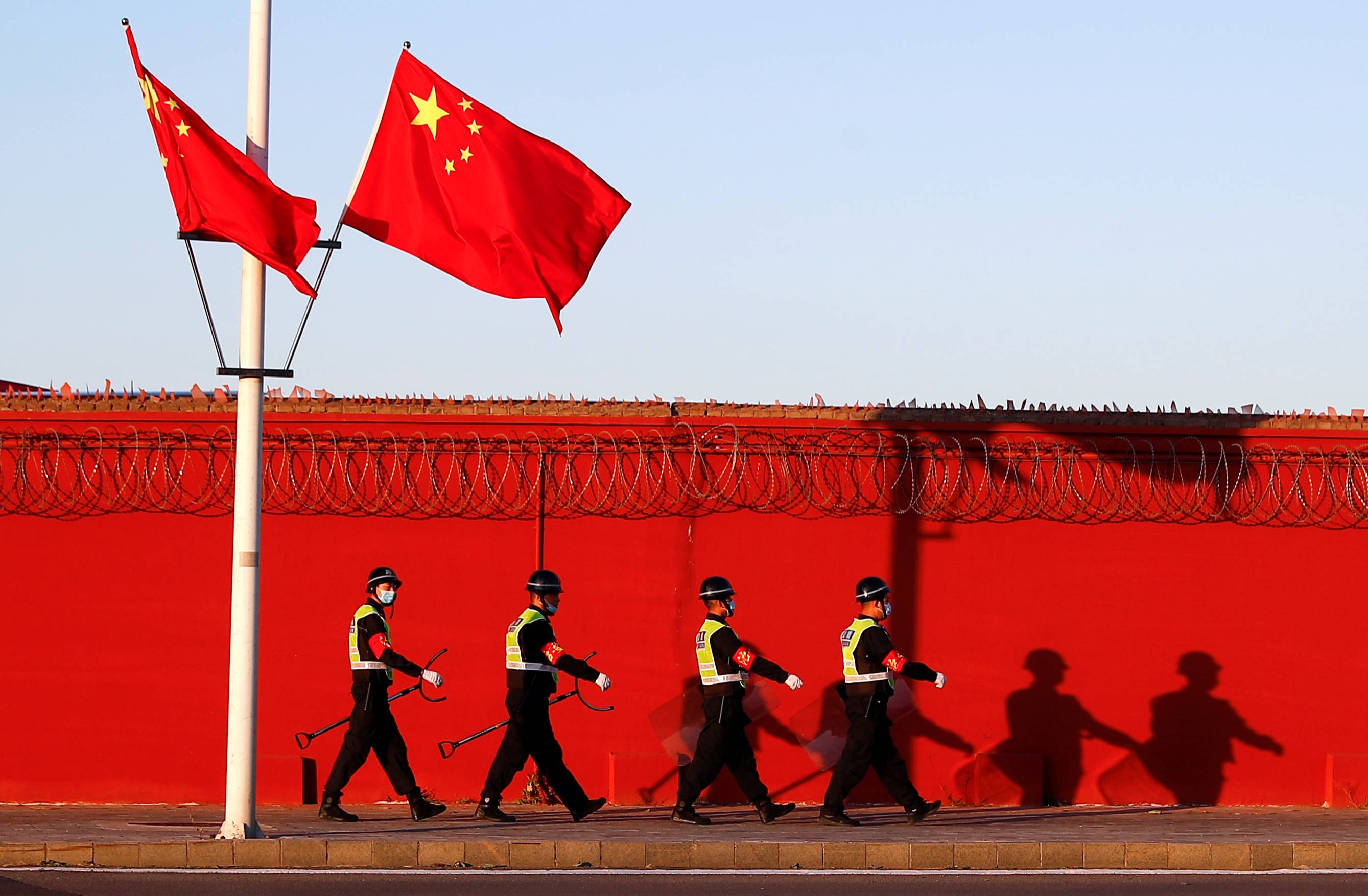The Chinese Communist Party leadership recently abandoned its “zero-COVID” policy.
As last spring’s lockdown of Shanghai demonstrated, China’s war against the virus had three main components: comprehensive testing, isolating COVID-19 patients and blockading outbreak sites (lockdowns). In the end, this three-pronged approach proved to be no match for the omicron variant. China has lost its battle to achieve and maintain its zero-COVID status.
Since China reversed its COVID-19 policy, the number of reported infections has plummeted. This is due to a dramatic decline in polymerase chain reaction testing. Decreased testing, however, makes it harder to identify and trace positive cases — and thus grasp the actual situation. Consequently, infections spread, intensive care units overflow and the medical care system breaks down.
















With your current subscription plan you can comment on stories. However, before writing your first comment, please create a display name in the Profile section of your subscriber account page.